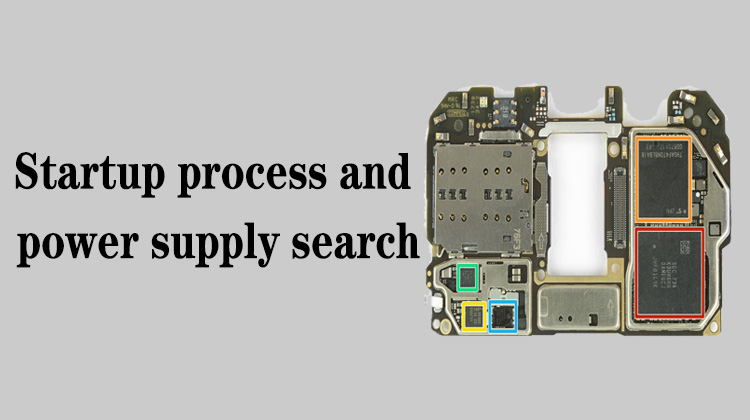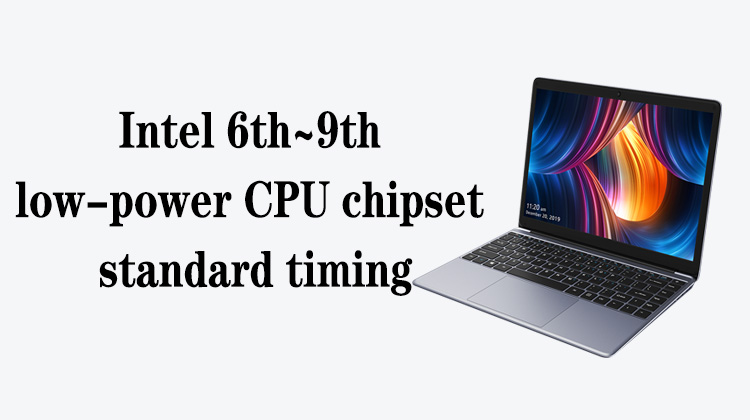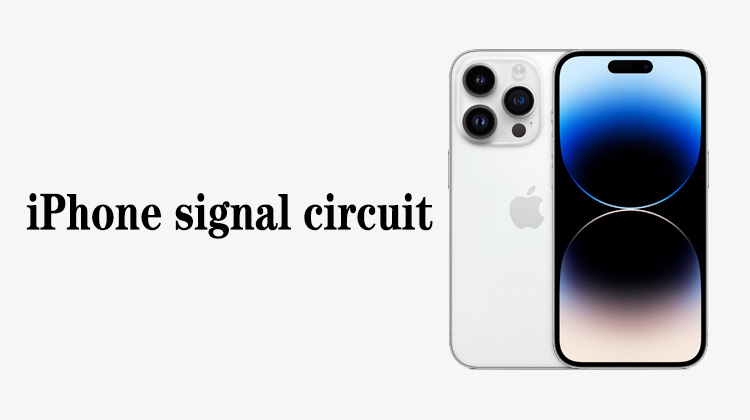1
00:00:00,133 --> 00:00:03,633
We will talk about the startup operation process in this lesson
2
00:00:03,766 --> 00:00:06,066
Mainly from the following two aspects
3
00:00:06,333 --> 00:00:08,766
First, Mobile phone startup process
4
00:00:09,033 --> 00:00:12,300
Second, the block diagram of the boot process
5
00:00:12,666 --> 00:00:14,266
How does a mobile phone work?
6
00:00:14,400 --> 00:00:15,400
Let's take a look
7
00:00:16,533 --> 00:00:17,533
The first step
8
00:00:17,700 --> 00:00:20,600
When we connect the power cord with the DC power supply,
9
00:00:20,733 --> 00:00:23,166
or buckle the battery to the battery holder,
10
00:00:23,266 --> 00:00:27,300
the battery will output the main power supply through the charging chip,
11
00:00:27,300 --> 00:00:29,200
VPH_PWR
12
00:00:29,633 --> 00:00:34,966
Xiaomi and Opop generally use VPH_PWR to replace the main power supply
13
00:00:35,233 --> 00:00:40,133
Vivo is also sometimes represented by VPH_PWR
14
00:00:40,433 --> 00:00:45,200
Huawei's main power supply is represented by VBAT_SYS
15
00:00:46,100 --> 00:00:50,166
Some mobile phones use SYS to refer to the main power supply
16
00:00:50,700 --> 00:00:55,766
Then the main power supply supplies a voltage to the power-on signal on the power-on line
17
00:00:57,166 --> 00:01:00,066
Xiaomi and Huawei's are usually 1.8 V
18
00:01:02,066 --> 00:01:03,500
In Oppo mobile phones,
19
00:01:03,566 --> 00:01:09,800
the positive electrode of the battery can provide a voltage of about 4 V to the power-on signal line
20
00:01:09,800 --> 00:01:15,366
through a pull-up resistor of about 100K惟 or about 200K惟
21
00:01:15,833 --> 00:01:18,866
When there is voltage on the power-on signal line,
22
00:01:19,333 --> 00:01:22,300
we press the power-on button of the power-on signal
23
00:01:22,700 --> 00:01:27,566
The power-on signal changes in voltage from 1.8 V to 0 V
24
00:01:28,033 --> 00:01:30,966
This jump is detected by the main power supply
25
00:01:32,300 --> 00:01:34,800
Who does the power chip output power supply to?
26
00:01:35,433 --> 00:01:38,800
For CPU, temporary storage, hard disk
27
00:01:39,200 --> 00:01:41,833
They are several main hardwares for booting
28
00:01:43,966 --> 00:01:45,166
After they are powered,
29
00:01:45,566 --> 00:01:48,200
the power chip will turn on a buck-boost chip,
30
00:01:48,400 --> 00:01:51,700
it is called BUCK_BOOST
31
00:01:55,666 --> 00:02:00,366
This chip will convert the main power supply into an auxiliary power supply
32
00:02:01,300 --> 00:02:07,033
This auxiliary power supply is VDD_BUCK_BOOST on Huawei
33
00:02:08,033 --> 00:02:11,933
Xiaomi will use VREG_BOB to indicate
34
00:02:12,466 --> 00:02:16,366
These two mobile phones will have this auxiliary power supply,
35
00:02:16,366 --> 00:02:18,933
which can be seen in the code name in the drawing
36
00:02:19,366 --> 00:02:23,666
Next, the main power supply provides a power supply to the crystal oscillator,
37
00:02:23,800 --> 00:02:31,233
and the crystal oscillator generates a frequency of 26MHz or 38.4MHz to the power chip
38
00:02:33,500 --> 00:02:36,666
26MHz is used in MTK platform,
39
00:02:36,966 --> 00:02:42,100
38.4MHz is commonly used by Qualcomm and some other platforms
40
00:02:42,433 --> 00:02:46,033
Then, the main power supply outputs the clock signal to the CPU
41
00:02:48,166 --> 00:02:51,333
The main power supply sends a reset signal to the CPU
42
00:02:51,533 --> 00:02:54,800
After the CPU is reset, it can start working
43
00:02:55,133 --> 00:02:57,366
The CPU resets the font library
44
00:02:58,633 --> 00:03:03,200
After complete, the CPU reads the self-test data in the hard disk,
45
00:03:03,366 --> 00:03:09,266
and performs self-test on the CPU itself, temporary storage, and GPU
46
00:03:11,900 --> 00:03:15,400
If there is no problem after the self-test is completed,
47
00:03:15,700 --> 00:03:19,700
it will send a power supply maintenance signal to the main power supply chip,
48
00:03:20,133 --> 00:03:24,633
so that the main power supply chip can maintain a normal output of power supply
49
00:03:25,100 --> 00:03:30,066
Then, the CPU will turn on the display circuit and let the display circuit work
50
00:03:30,300 --> 00:03:34,333
The CPU sends display data to the display screen,
51
00:03:34,933 --> 00:03:38,300
and the display screen will display the brand LOGO
52
00:03:38,766 --> 00:03:43,933
The CPU reads the hard disk system program and loads the Android system
53
00:03:44,166 --> 00:03:47,433
Next, the CPU turns on the touch circuit,
54
00:03:47,466 --> 00:03:52,500
audio circuit, wifi circuit, and some other circuits to make them work
55
00:03:53,166 --> 00:03:56,700
Finally, the CPU starts the radio frequency part,
56
00:03:56,833 --> 00:03:58,833
which is the signal part of the call
57
00:04:02,066 --> 00:04:06,133
At this time, the baseband needs to read the SIM card information,
58
00:04:06,666 --> 00:04:09,166
the signal receiving channel starts to work,
59
00:04:09,466 --> 00:04:13,400
and the operator is selected according to the SIM card information
60
00:04:13,900 --> 00:04:16,233
The transmission channel starts to work,
61
00:04:16,366 --> 00:04:18,900
confirms the connection with the base station,
62
00:04:19,200 --> 00:04:22,233
and displays the signal strength of the mobile phone
63
00:04:22,666 --> 00:04:26,233
The whole process of turning on the phone is now complete
64
00:04:26,833 --> 00:04:28,766
Okay, that's it for this lesson







